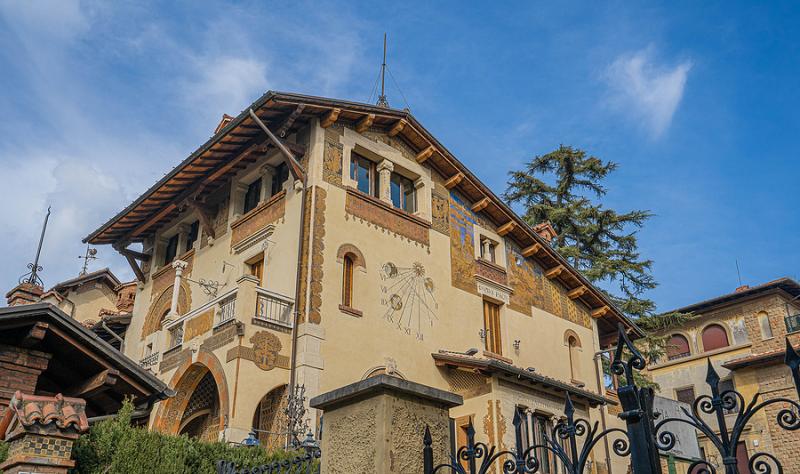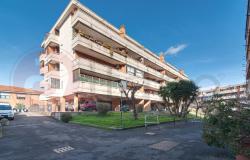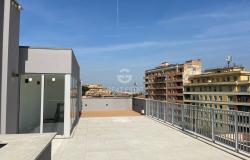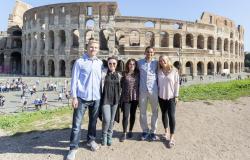When in Rome, you may want to head off the beaten track from time to time. You’ll discover sights and neighborhoods rarely mentioned on guidebooks, and they may reward you in unexpected ways.
One such ‘neighborhood’ in Rome is Quartiere Coppedè, more like an area within a neighborhood (Trieste), located between the Salaria and Nomentana streets, not far from the historic center.
What makes Coppedè unique is its bizarre architecture, an eclectic mix of Liberty and Art Decò, as well as Greek, Gothic, Baroque and even medieval art.
Coppedè, which takes its name from Gino Coppedè, the architect behind the project of building a new residential neighborhood in 1915, comprises 26 buildings and 17 villas.
The entrance to the area is marked by a richly decorated archway that connects two palaces and has a large chandelier in the center.
As you enter, what strikes you the most is the blend of different architectural styles.
Once you’ve passed the arch, you’ll reach Piazza Mincio, the heart of the neighborhood. In the middle of the square stands the very Baroque Fountain of the Frogs, built in 1924. Decorated with 12 frogs, this ornamental fountain is especially known for the dip that the Beatles took in it after a concert held at nearby Piper nightclub (but, being the Beatles, they were probably not reprimanded).
Another Coppedè landmark is the Palazzina del Ragno (the ‘spider palace’), a building in Assyrian-Babylonian style which takes its name from the decoration on the facade, a large spider, symbolizing hard work. On the third level, above a balcony with a loggia, there is an ocher and black painting depicting a horse surmounted by an anvil between two griffins and a large Latin inscription, LABOR.
One more building not to miss is the Villino delle Fate, famous for its asymmetrical structure and the mix of materials that is made of, from marble to brick, from travertine to terracotta to glass. Consisting of three villas with walls in common, the richly decorated complex with turrets and small loggias pays homage to Florence, Rome and Venice through symbols and characters that recall the three cities. For example, to pay homage to Rome, the she-wolf with Romulus and Remus are depicted above the parapet of a balcony.
It is said that the architect Coppedè was a Freemason and that, therefore, he scattered the neighborhood with esoteric symbols. Have fun with it!









